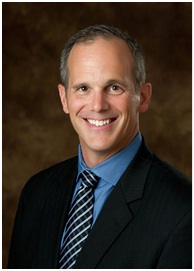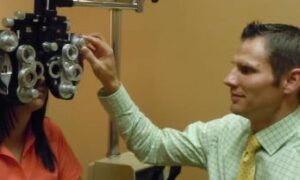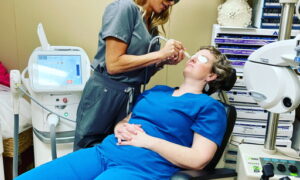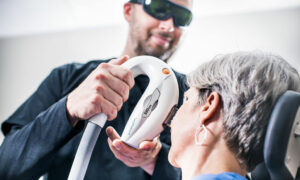By ROB Editors
SYNOPSIS
Six thought-leading ODs share proven strategies in how to specialize intreating increasing numbers of patients who are afflicted with dry eye.
ACTION PLAN
RECOGNIZE POTENTIAL. Think about your practice’s patients with dry eye.
SPECIALIZE IN DRY EYE. Establish a clinicdevoting specific days and/or timeframes for dry eye.
LEARN TOCODE & BILL. Do this correctly to get fully reimbursed for serving patients.
The following are six distinct approaches to developing a dry eye specialty by thought-leading ODs. Common to all is the need to develop your skills and promote the specialized service that you provide.
According to Gallup, over 70 percent of people with dry eye complaints have seen at least three doctors and are still searching for a remedy. In addition, the majority of that 70 percent still searching for a successful treatment have tried at least three different artificial tear products that have not provided relief. With numbers like these, developing substantial dry eye services is essential to the future growth of your practice. The videos and articles below illustrate how some of our contributors managed to do this.
Practice-Builder: Treat Ocular Surface Disease
 Art Epstein, OD, FAAO, chief medical editor of Optometric Physician, makes a compelling case for ODs treating conditions of the ocular surface—and improving patients’ lives. The population is aging, and dry eye is increasing, while new, efficacious treatment options specifically target conditions. This is part of a special ROB video series: “Opportunities in Medical Optometry.”
Art Epstein, OD, FAAO, chief medical editor of Optometric Physician, makes a compelling case for ODs treating conditions of the ocular surface—and improving patients’ lives. The population is aging, and dry eye is increasing, while new, efficacious treatment options specifically target conditions. This is part of a special ROB video series: “Opportunities in Medical Optometry.”
>>CLICK VIDEO IMAGE or HERE to VIEW VIDEO>>
Medical Model Opportunity: Ocular Surface Disease and Dry Eye
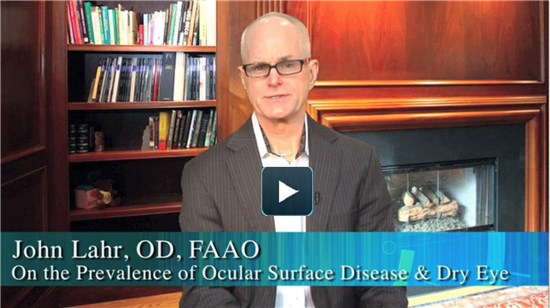 John Lahr, OD, FAAO, medical director of EyeMed, encourages ODs to consider the business opportunity of the 38-40 percent of people who complain of dry eye symptoms. He notes that the average patient has triedsix different kinds of artificial tears in the last year. In addition to prescription medications, these patients can be served by punctal plug procedures. Dr. Lahr warns that if you don’t serve ocular surface disease and dry eye patients, they will look elsewhere for care.
John Lahr, OD, FAAO, medical director of EyeMed, encourages ODs to consider the business opportunity of the 38-40 percent of people who complain of dry eye symptoms. He notes that the average patient has triedsix different kinds of artificial tears in the last year. In addition to prescription medications, these patients can be served by punctal plug procedures. Dr. Lahr warns that if you don’t serve ocular surface disease and dry eye patients, they will look elsewhere for care.
>>CLICK VIDEO IMAGE or HERE to VIEW VIDEO>>
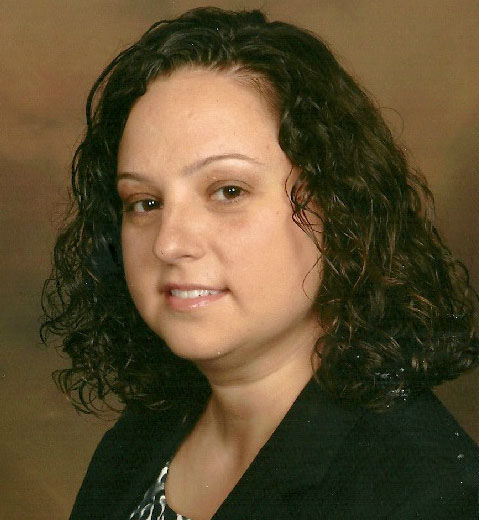 Dry Eye: Treating a Growing Patient Need is Also a Practice Builder
Dry Eye: Treating a Growing Patient Need is Also a Practice Builder
By Maria Sampalis, OD
Dry eye is a big revenue booster, yet it frequently goes ignored. It affects all patients at all stages of life. Whether it’s a young patient with contact lenses or an older woman who just started to take new medications. There are many factors to take into account when treating dry eye such as meibomian gland dysfunction, tear film irregularities and patients’ extensive use of a computer or smartphone. Here is how I make the most of the practice-building opportunity of offering dry eye services to my patients. >>READ MORE>>
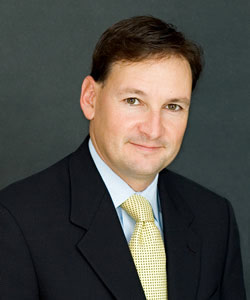 Practice-Building Opportunity: Add a Dry Eye Clinic
Practice-Building Opportunity: Add a Dry Eye Clinic
By Paul Karpecki, OD, FAAO
Over 40 percent of my patients mention dry eye as a primary or secondary complaint. You may not have looked into it yet, but there is a good chance, with the aging population of Baby Boomers and the growing number of people on prescription medications that create dry eye, that this percentage is similar for your practice. What’s more, most patients with dry eye complaints are unsatisfied with the treatment they have so far received. >>READ MORE>>
Enhance Dry Eye Treatment to Better Serve Patients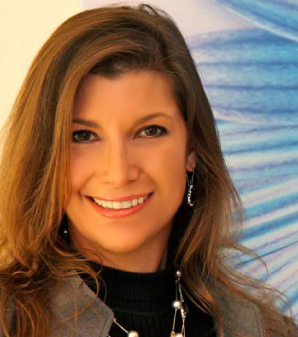
By JeanMarie Davis, OD
Chances are, your practice has many patients who have undiagnosed dry eye. With contributing factors such as age, hormonal changes, systemic illness and the after effects of Lasik surgery, it is more common than you think. Some 80 percent of the average 20 to 30 patients I saw per day in my former South Florida practice had some form of dry eye, ranging from asymptomatic and mild to severe and impacting quality of life. The demographics of my patient base created the perfect storm for dry eye–a high percentage of elderly persons (many of whom have diseases that produce dry eye) and Hispanics (who, some studies suggest, experience higher levels of dry eye than the rest of the population). Dry eye was so prevalent, in fact, that each week I devoted a full day to offering a dry eye clinic in which I saw only dry eye patients.
>>READ MORE>>
Where is the Money in Ocular Surface Disease? In Your Exam Chair
By Scot Morris, OD, FAAO
Here are the real business facts about ocular surface disease: Millions of people suffer from one form of OSD or another. Many of these people are in your chair every day. If you don’t treat them, someone else will. As the marketplace becomes more competitive, we need to set ourselves apart. We need to find ways to bring in new patients for little cost and increase revenue per patient without involving costly external marketing efforts. >>READ MORE>>

